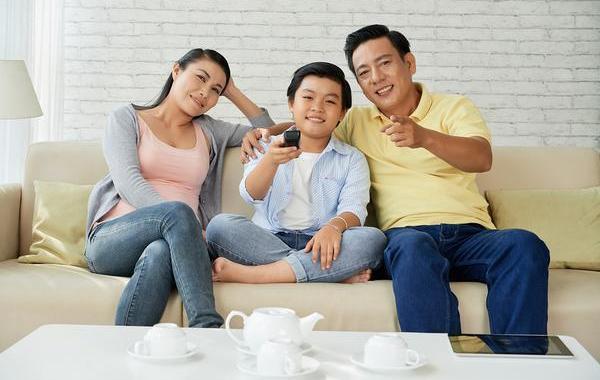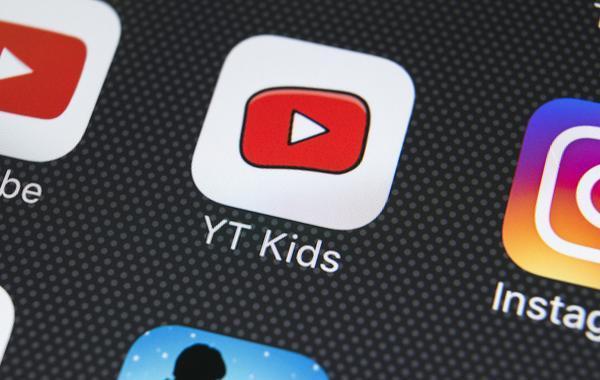In theory, data about children is not supposed to be collected online, under the Children’s Online Privacy Protection Act. But according to the FTC, YouTube broke that law with its ad tracking tools. The FTC accuses the site of failing to protect kids’ privacy, bringing a multi-million dollar fine down on the Google empire that owns YouTube. While YouTube is making efforts to solve the problem, it only raises some wider questions about kids and the internet, and who should be responsible for them.
Is YouTube At Fault?
In theory, at least, there’s a YouTube for children, a walled garden called YouTube Kids, and the broader world of YouTube, which is supposed to be restricted to users over the age of 13. That said, this is largely an honor system that isn’t legally enforced; YouTube has no way of knowing who’s using a computer under a Google account, or even the real age of the person using an account.
Add to this that YouTube is a global platform, and that social attitudes for what’s appropriate for children, or for anyone, can vary from country to country. Content may be in English but may not be intended for English-speaking audiences, but rather as English lessons. Add to this that YouTube creators can range from people who sincerely want children to learn to cynical manipulators of the site’s algorithm to rack up the most views, with little concern about the content. Any parent who digs deep enough will come across some genuinely bizarre content nominally aimed at children.
All this means that parents have to take an active role on when, and if, kids watch YouTube.

How Parents Can Take Control Of YouTube
Set rules as a family for YouTube. In some cases this might mean simply doing without the site altogether, or only using it to watch content embedded on blogs you trust. Also make clear what content is acceptable, what isn’t, and what kids should do if they come across something inappropriate.
Remove the main YouTube app from devices your children use, and install YouTube Kids instead. It’s not perfect, but it’s a start.
Configure YouTube’s parental controls to limit what content kids see. Again, these controls aren’t as detailed as some parents prefer, but they do offer a layer of protection that keeps kids from accessing content.
Set up parental control apps to keep YouTube, and attempts to use YouTube through your computer’s browser, to a minimum.
Stick to vetted brands and block live-streaming content, especially from individuals. Even the most seemingly child-friendly YouTuber can slip into bizarre or inappropriate behavior after a bad day. Vetted content from providers like Disney or Nickelodeon is far less likely to offer objectionable behavior.
Remember, this will be an ongoing process. As kids grow and become adults, they’ll need to look into topics independently, including topics that may make parents uncomfortable, either for school or for their own edification. So leave room to let the rules change and grow with your kids. But for the stuff that’s inappropriate for anyone, parental control apps can help. To learn how, try it for free!


Join the conversation